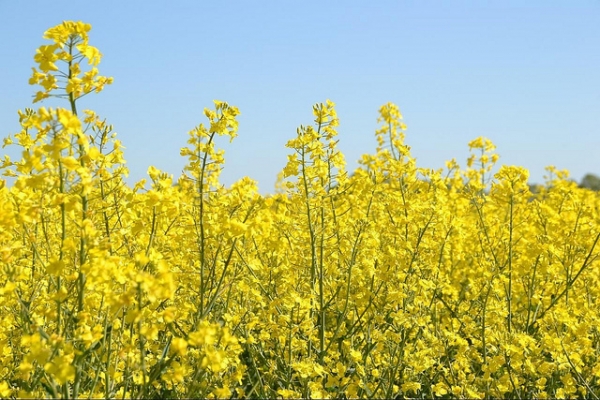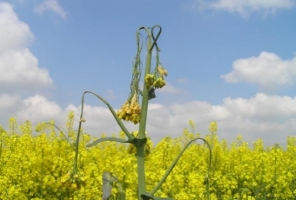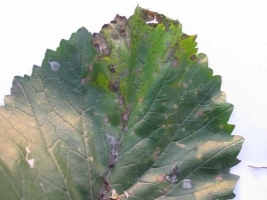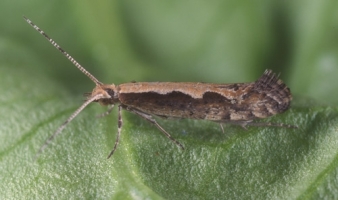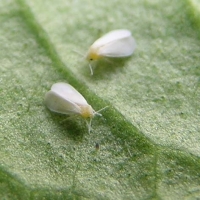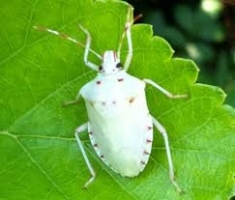General Information
Rapeseed is also known as oilseed rape, rape, rapeseed, rapa and rappi. Rapeseed is an early maturing crop and is sown first among all rabi crops. The plant attains the height of 100cm. The plant bears bright yellow color flowers. The crop is mainly grown because of its oil rich properties. It is the third largest source of vegetable oil in India.

